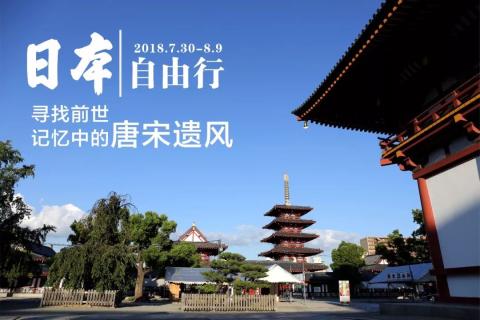
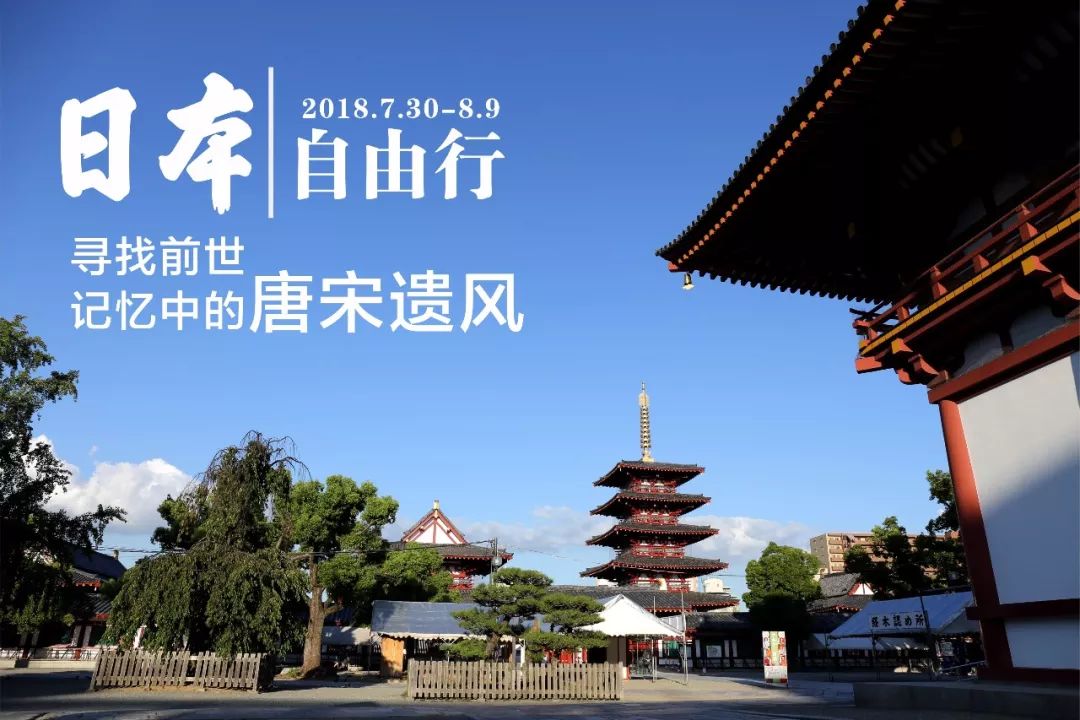
Seeing the moon and expressing my feelings

Victoria Harbor, Hong Kong
At 1:45 p.m., Hong Kong Airport.
Passengers who had just woken up from a light sleep yawned one by one, picked up their suitcases, and moved towards the boarding gate with heavy steps. My parents and I lined up, mixed in with the crowd of people pushing and shouting.

Hongkong International Airport
Scanned the boarding pass and walked to the boarding gate. Half asleep and half awake, I looked out the window in a daze, and saw a pure white full moon floating silently in the night sky.
Suddenly I woke up and looked at the moon eagerly. Ah, on this night in China, how beautiful the Chinese moon is! Chang'e will definitely not regret stealing the elixir, because above the blue sea and sky, the dreamy moon palace must be a beautiful place to live.
 Hongkong International Airport
Hongkong International Airport
The bright moon leaves the branches and the magpies are frightened, and I leave China.
Cicadas chirped in the breeze in the middle of the night, and I arrived in Japan.

Shinsaibashi, Osaka
Long dragon-like lanterns surround the Kizugawa River. There were shouts from the busy restaurants on both sides of the Taiwan Strait, and there were a lot of tourists passing by. My family and I turned into spindles and shuttled through patches of brocade.
Finally found a ramen restaurant, ready to order a few bowls and eat. On a menu full of Japanese characters, I suddenly saw two Chinese characters for "tsukimi". I tried to figure out the meaning of these two words, whether it means ramen noodles are like the moon, eating noodles against the moon, or eating a bowl of noodles makes you feel like you are in the wonderful moonlight.
My body made a decision and ordered "Tsukimi". Started eating at the counter. The soft and glutinous udon noodles are soaking leisurely in the semi-thick shrimp stock. Between the saltiness and deliciousness, the bright moon on the sea rises together.

After dinner, I took a walk to the side of the Mujin River and climbed onto the bridge. Amidst the babbling of various languages, I felt like I was seeing the summer moon again. But this time Chang'e didn't know where to go to enjoy herself, and the god of moon reading came to take advantage of the opportunity. Tsukuyomi was extremely self-respecting and refused everything that was thrown at him; but deep down in his heart he yearned for care, secretly hiding behind the moon and missing his sister, and even created living dolls to express his emotions. Japan's Tsukuyomi is a bit weird, but I'm lucky to be able to catch a glimpse of it.

Shinsaibashi, Osaka
Tonight, when the moon is bright and everyone looks around, I don’t know who is missing my autumn thoughts. The beauty of Chang'e can make people's hearts feel soothed and express their feelings with the moon. September and March are the brightest days, and Kiso is a rugged place. The desolation of monthly reading can make people full of sadness and feel sad for things. And wandering in the middle of two months, I feel more and more at a loss.
How far is the moon from me? Every Mid-Autumn Festival night, Chang'e will be able to spend time with her family, people from all over the world can reunite, and wanderers can return to their hometown. And the aloof Tsukuyomi indifferently shed part of his sad light, leaving it to the philosopher to slowly savor, and the wanderer cannot return to his hometown.
Sad? Listening to shamisen in a foreign country makes me miss my motherland, and singing pop songs in the mountains and rivers of my hometown makes me long for the world.
How far is the moon from me? Maybe she/himself doesn’t know it very well.
Written at the Hakuyo Hotel in Osaka on the evening of year July month 31

Master of the Little Octopus Prince in Shinsaibashi, Osaka

I'm in Japan

Osaka Port
Stroll through residential areas. Suddenly I saw a man lying in pain on the side of the road, covering his face with his hands. Watching the vehicles circling around in an orderly manner, I was hesitating whether I needed to step forward for help. The locals who were approaching hurriedly asked, "Hey, what happened here?" I shrugged my shoulders, showing no clue. Someone immediately rushed to help. I couldn't help but sigh in my heart, ah, I'm in Japan.

Osaka streets
Walking through a bookstore, the soft afternoon sunlight gently washed out fresh old photos. As soon as I walked in, I heard the boss's sincere greeting "ようこそ (Welcome)". I asked if there was a royal seal book. The boss, who didn’t understand English very well, quickly took out a stack of seal books and explained its usage to me in detail. The boss's aging and tight skin exudes the fragrance of paper, and his eyes full of poetry are bright. After enjoying the high quality and low price, the customer is satisfied with saying "Goodbye". I couldn't help but laugh out loud, I'm in Japan.

Shitennoji Temple in Osaka
Play Japanese board games with the elderly at the Osaka Museum of History. The old man greeted people and explained the rules of the game vividly. The game revolves around famous places in Osaka and answers questions. When encountering a question that he didn't understand, the old man would explain the current nickname or a short Japanese phrase to give a hint. I was given a Japanese origami crane as a gift for winning the game, and I also got a kimono when we took a photo with me. Laughter was spreading, and I said, I am in Japan.

Osaka Museum of History
Walking out of Ryoanji Temple, I felt hungry. I couldn't find a restaurant for a long time, so I had to ask the locals. The Myoshinji temple is peaceful and peaceful in the evening, and the sunset in Kyoto makes the high school students returning home from school burst with youth and vitality. I hurried forward to ask. Maybe because I spoke English too fast, the local sister quickly told me to speak slower. I asked them, and one sister actually took out her mobile phone to look up words. Another sister spent half an hour finding pictures of restaurants and pointing to signs to explain them to me. Looking at their enthusiastic and positive faces, I smiled. I am in Japan.

The streets of Ryoanji Temple in Kyoto
"Please wait a moment" the owner of the takeaway shop said to me. He pushed up his square-rimmed glasses, wiped his hands on his apron, and walked into the kitchen. Exactly ten minutes later, the boss came out with ramen, explained the meat ingredients in the staple food, and sent us away with a smile. Since he had previously recommended the set menu, we were all satisfied. I wiped my mouth and said with a smile, I am in Japan.

The streets of Ryoanji Temple in Kyoto
While looking at the tea-server doll carefully at the National Science Museum, an old man wearing horny glasses came over with a smile: "This tea-server doll is the most advanced representative of Edo machinery. But it is also very good for serving tea." Oh." He pointed it out to me. I smiled and said that I only knew a little English. The old man told us again in less proficient English and followed us around. Seeing the joy in his brown eyes, I said silently, I am in Japan.
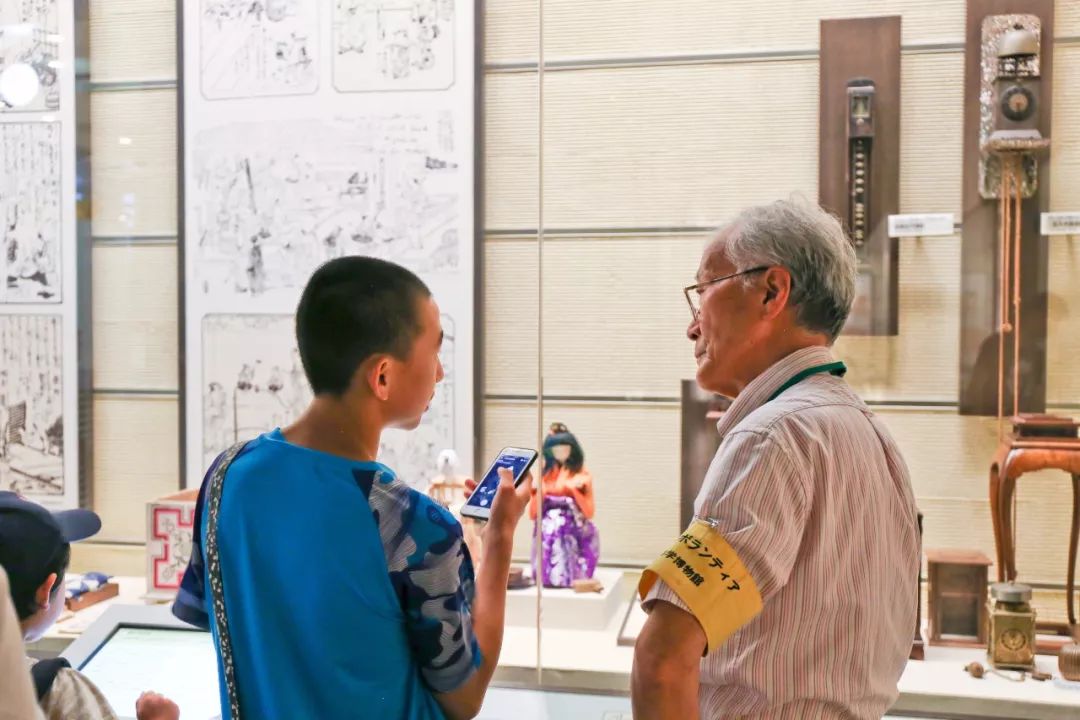
Tokyo National Science Museum
As soon as we entered the Zezhiya, the boss hurriedly came up to us, pulled out two wooden chairs and invited us to sit down. "This is your room and..." the boss introduced to us in detail. The imprecise pronunciation was a warmer welcome than the shining eyes. Entering the room, there is an exquisite Japanese origami crane placed on each pillow. The paper cranes are draped in kimono patterns, and the creases reveal the wishes of the hands, hoping that they can travel across the ocean and remind guests of Japan when they see them. I held the paper crane carefully and kept it as a precious gift. I secretly admired, I am in Japan.

Sawaya Inn
When I was in Japan, I wrote a haiku to remember it: I opened the store curtain and greeted you with a smile like the summer wind, eager and sincere.
Written at Myoshinji Temple in Kyoto on the evening of year 8 month 1

Kyoto Sanjusangendo/A Japanese mother took the initiative to chat with Xiao Zhuang

I am content

Abbot's Stone Garden of Ryoanji Temple, Kyoto
Walking around the abbot hall of Ryoanji Temple, you can see a small well behind the stone courtyard. I picked up the bamboo spoon and prepared to clean my hands when I suddenly saw Chinese characters surrounding the copper coin-shaped well. After thinking for a long time, combined with the shape of the wellhead, a series of Chinese characters came to my face, "Only I am content", like the bamboo wind in the forest, like the elegant pine trees on the sand, refreshing and refreshing, with a long aftertaste.
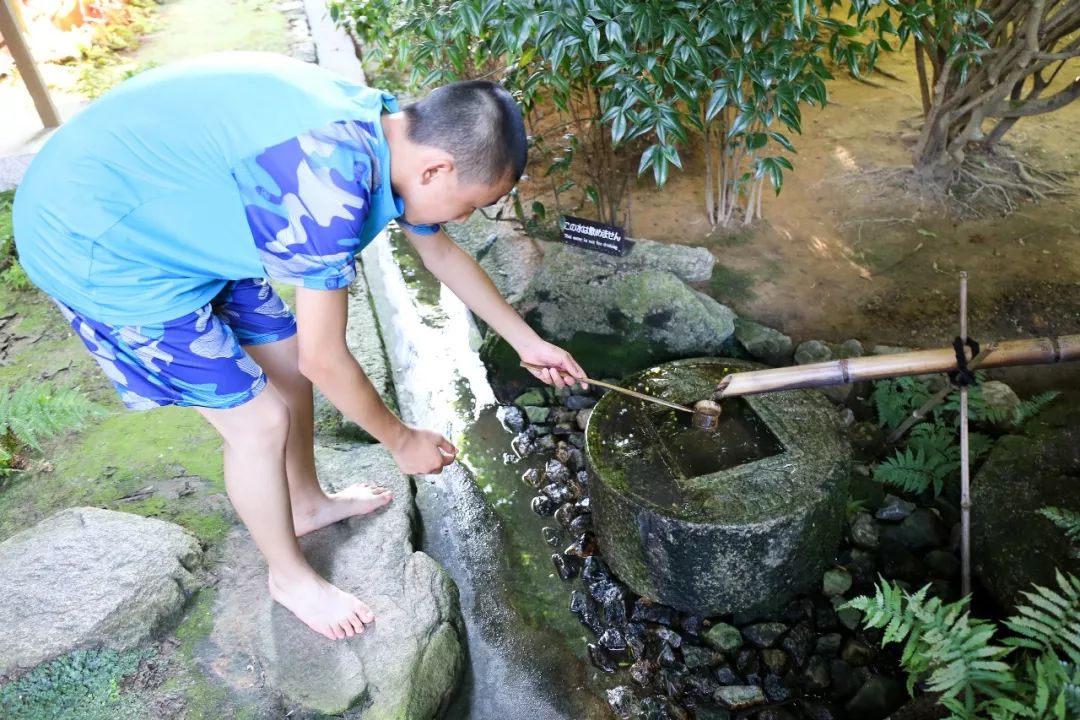
Ryoanji Temple in Kyoto
Sit on the wooden platform and watch the dry landscape. Looking closely at the bits of sand and stones, the white sand is like the waves of the sea swaying in the wind, the black stones are like high mountains rising from the ground, and the withered yellow moss is silent and watching. The scattered stones sometimes hide quietly behind the big rocks, and sometimes gracefully draw a line of time on the waves.

Myoshinji Temple in Kyoto
As the mind traces back, the simple stone fluctuates violently, inspiring thousands of metaphors and hints, making people deeply involved. Looking at those eyes like a sea of stars and a body like rotten wood, I couldn't help but sigh to myself: "Content is enough."
Come here, find the goal, discover the answer, meditate to gain philosophy, and be content, that's all.

Ryoanji Temple in Kyoto
Avoiding the bustling Kinkakuji Temple and Ryoanji Temple, looking for the tranquility hidden behind the fame, we came to Ninwaji Temple.

Kyoto Ninwaji Temple
The Youyou Royal Palace is made of black wood and yellow gold woven together, but it is unassuming. It just quietly preserves the New Compilation of Materia Medica, the Yellow Emperor's Inner Canon and many scriptures, and devoutly serves the Buddha statue in the five-story pagoda.

Ninwaji Temple five-story pagoda in Kyoto
Not seeking fame, wealth, or worldliness, this is also contentment.
Traveling through the Buddhist temple towers in Kyoto, you can jump into thousands of Buddhist stories, view the distant dry landscape, and ask for the auspicious imperial seal. Amitabha, I am the only one who is contented and contented, and I will always be happy.
2018 Year 8 moon 3 Written in Kyoto B&B at night

Ninwaji Temple in Kyoto/The master who wrote the royal seal took the initiative to hold Xiao Zhuang’s hand and wrote: Ninheji Temple in Kyoto

Kyoto Chronicles

Kyoto Yasaka Shrine
Walking in the beautiful alleys, holding Uji matcha tea and holding the royal seal tent; seeing the charming vermilion torii gate, stopping at the solemn royal temple. On the street, laughing pedestrians walked on the right, and a mysterious geisha hurried to the tea house. On the roadside, friendly Kyoto people say hello, and interesting kittens pass by lightly. The lanterns of Gion Shrine are lit up in a ceremonial way, and the weeping cherry blossoms of Heian Shrine are in full bloom elegantly and dignifiedly.

Kyoto Yasaka Shrine
Stroll along the flower path and look for the thousand-year-old character. Slowly turn your head, see the dots and lines, smile sweetly, this is Kyoto. When you wake up early in the morning, the wind and sunshine are slowly moistening Kyoto like running water, quietly nourishing thousands of households.
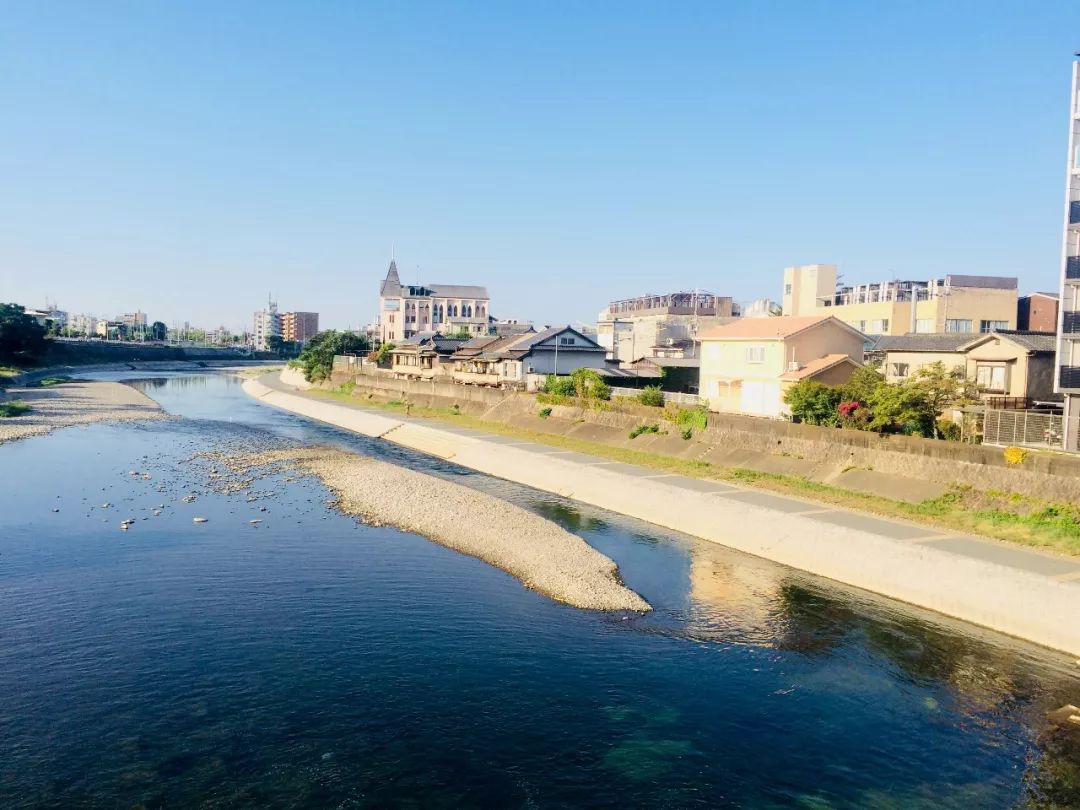
Kyoto Kamogawa
Wake up from laziness and sleepiness and go find the source of clean water. When the water source of the town is exhausted, there is a temple named Qingshui. As soon as I entered the main hall, the soft summer wind gently twirled the wind chimes and wishing sticks, making a sound like running water and like broken sunshine, and my mind instantly calmed down. On the big stage, light and shadow are separated by four-hundred-year-old giant trees. In the trance of yin and yang, it seems as if I am seeing a Noh performance dedicated to God, as if I am tracing countless dancing figures, as if I am paying homage to the kind Thousand-Armed Guanyin. Entering Otowa Waterfall, three streams of water flowed down unexpectedly. Pick up the water spoon, choose one, and slowly fill it up. The long and thick sound of the Buddha's pestle comes from the hall. With awe, you drink the Yunlong Holy Spring.

Kiyomizudera Temple in Kyoto

Kiyomizu Temple Otowa Waterfall in Kyoto: The three streams represent health, studies and marriage respectively. Xiaozhuang didn’t know the order, so he chose the middle one, which was natural!
Walk into Inari Taisha Shrine, wash your hands, clap your hands and pay homage. One after another, the torii gates gradually shrink and move closer together, lining up steadily to form the Senbon torii gate that leads directly to Mount Inari. Running through the vermilion Senbon Torii, you gradually move from the human world into the kingdom of God. Between the alternation of sunshine, green forest and torii, the shrill chirping of cicadas suddenly became faint, and the protection of gods came to power. The worshiped god cannot speak, but can use all things as a medium to exert the power of blessing. In the bamboo leaves, in the wooden doors, in the broken shadows, the power of the gods flashed quietly.

Fushimi Inaka Shrine Senbon Torii in Kyoto
The sun sets, and the thousand-year-old monuments stretch out for an extra long time. When we walked to Gion, the lights were on and there were so many tourists. The ramen chef had just finished cooking the noodles, and the ryokan artist had just put on makeup. Kyoto shows its elegance between modernity and antiquity at night. Matcha, folding fans, sushi, and kimonos are all part of Kyoto culture; sake, gomori, ramen, and wooden clogs are all filled with Kyoto charm.

Kyotoonlyen
Hey, Kyoto! Thousands of chrysanthemum sword relics decorate your figure, and countless folk tales enrich your feelings.
Visit the famous sites in Kyoto Prefecture and explore the ancient capital Fengshen. I was so happy that I wrote an essay to remember it.
Written in Kyoto on the evening of 8 month 4, 2018

Kiyomizudera Temple in Kyoto

Sawaya Q&A
 Tokyo Sawanoya
Tokyo Sawanoya
(bell ringing at the front desk)
“Here we go, good lunch!”
"Good afternoon. We made a reservation on the website. Come check in today."
(Looking through things) "Please wait a moment. (Take out the form)" Please fill in the form. Write your name, address and number of guests. Ah, please give me your passport. "

Tokyo Sawanoya
(After checking in)
"You are staying in a room without a bathroom tonight. We will move you to a room with a bathroom in the next two days."
(Take out a homemade map) "Look, this is our house. Here is the gate. Opposite is the post office and ATM . Go down this road and you will see the first, second, third and fourth intersections. You can go to the main road, and you can go all the way to Ueno Park. This is the 711 supermarket, and there is a Kyoto tourist map.”
"Thanks!"
"Please come with me. This is our Sawanoya restaurant. You can help yourself to free coffee and Japanese tea. I'm sorry that we can only provide breakfast, but it's also good for you to bring the dinner you bought here to eat. oh!"

Tokyo Sawanoya
"Ah, this is a free internet computer. There is a traditional Japanese-style bathroom, which is open until one o'clock in the morning. Here is the refrigerator, and there is a public toilet. Please turn off the lights after use."
"Ok, no problem."

Tokyo Sawanoya
(Help carry the luggage) "Here, I will carry the luggage. Your room is No. 26 on the second floor. Please come in."
(Walks into the room, with origami cranes on the pillow) "We are in the room! Please put on your slippers. This is the air conditioner remote control. I have already set it to the correct setting for you. 19 This is the shoe cabinet. You can wear our slippers and walk around in Zezhiwu. Sorry to bother you. The washing machine is on the fourth floor. There is free WiFi , I'll go downstairs first."

Tokyo Sawanoya
(Leaves the door) "Have a nice trip and enjoy your trip in Tokyo!"
"Great, thank you!"
Written at Tokyo Sawanoya Hotel on the evening of year8month5

Roaring deer at Mt. Wakakusa in Nara

Tokyo is not too hot

University of Tokyo
Pushing open the wooden door of the machiya, a gentle drizzle hits my face. The rain is slanting and feels like silk. Under the light rain curtain, the cyan becomes more pure and the red becomes more coquettish. The rain spreads silently, covering up the complicated chirping of cicadas, peeling back history in the streets and alleys, bringing people back to the mysterious Edo period. The once unbridled heat suddenly returned to calmness, and Tokyo is not too hot.

Tokyo Sawanoya
Tokyo is not too hot. In the drizzle, Sensoji Temple, which is crowded with tourists, suddenly became quiet, and the worldly troubles faded away, and the vain name was abandoned. The rain in Edo made the black roofs seem to be covered with a layer of snow, making them desolate and weather-beaten. Asakusa Guanyin is covered with a brocade robe to maintain body temperature. The slight coldness of Tokyo reveals history completely to the world, without any questioning or any loss of originality. In the rain like a long snake, I seem to have seen the rise and fall of the Guanyin statue, as if I have seen the prosperity and decline of Edo, and as if I have seen the sea filling the sky with the city. It suddenly became cold in Tokyo. It was so cold that it hit the bone. It was so cold.

Tokyo Sensoji Temple
Tokyo is hot. The overall situation of Emperor Meiji revived small countries that had been forced to sign unequal treaties. In just a few decades, computers, tidal plotting machines, nine-yuan linear equation calculators, etc., have raised the prosperity of isolation to a higher level. Gears and turbines are twisted together, and driven by fierce water vapor, they erupt into a power one hundred thousand times that of human power; brass and iron sheets are fitted together, pushing the progress of the times under the smoke. Under the order of comprehensive westernization, Tokyo set off a wave of capitalism. It was like the huge wave of Kanagawa. People understood it and respected it.
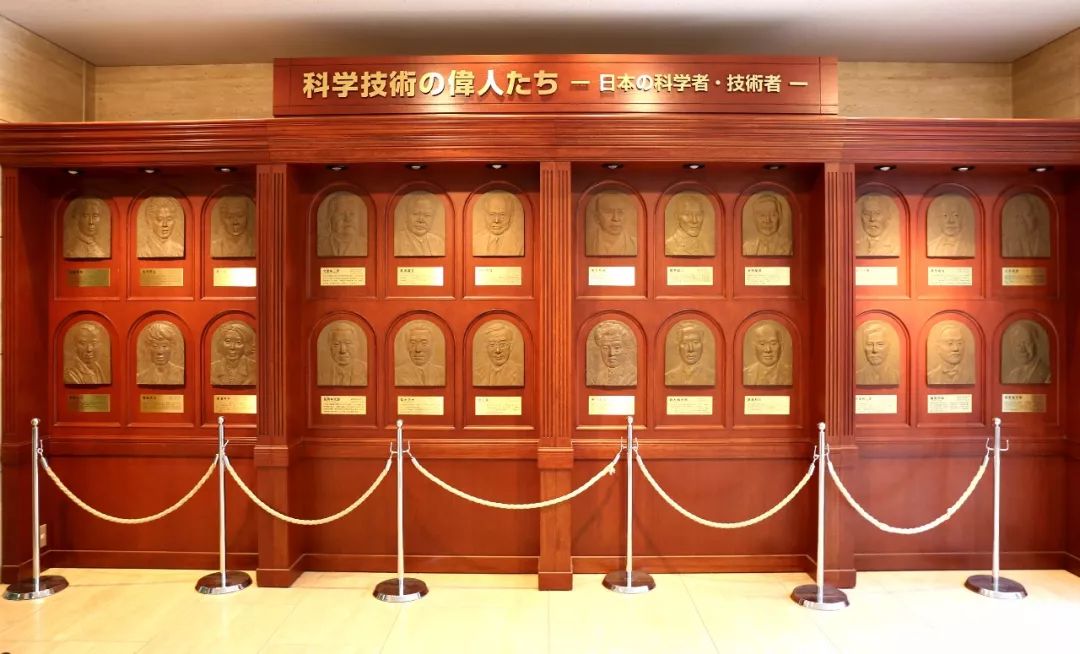
Tokyo National Science Museum
Tokyo is not too hot. Young and mature faces are wrapped behind suits and leather shoes, and Bluetooth headphones isolate the outside sound. They walked to the subway entrance in groups like silent hunters and walked out neatly. They were like very accurate clocks, entering the subway on time and entering the company on time. But a clock can only be a clock, turning tirelessly every day, always for what may be a simple goal, and few can stand out and escape the ordinary. Tokyo is very cold, and the only communication between people is through cold screens and microphones. Tokyo is cold, so cold that it is simple and meticulous.

Tokyo Ginza
Tokyo is hot. When you enter the museum, all the care is for the children: tickets, experience facilities, bathrooms, lunch, everything is filled with the warmth of Tokyo. Although I couldn't understand the kind words of the old man in the museum, I could see the care, pride and pride on his wrinkled face. The heat in Tokyo is subtle yet full, eager and sincere.

Tokyo National Science Museum
Climb up to the indoor observation deck of the Mori Art Museum and watch the scattered lights gradually light up, shining people's Tokyo dreams: the red streamers are unrestrained and the golden lights are shining with hope. I sat by the window sill and looked at the hot night view of Tokyo, blowing in the air conditioner. Between the alternation of cold and heat, I began to think about whether Tokyo is hot or not. The light rain in Edo in Tokyo can make people look back on history, search for the past, and feel sad when they see the weathered history; the Meiji Restoration in Tokyo can inspire people to forge ahead, inspire, and continue to develop and move forward, so they feel happy. People's indifference and enthusiasm can also make people feel cold or hot.

Tokyo Roppongi Observation Deck
What can really make the whole of Tokyo fluctuate is people's emotions. The Yamato people parted ways with Chinese culture based on "object sorrow". Sadness or joy due to changes in external objects created Edo Xiaoyu's deep understanding. Regarding Emperor Meiji as a spiritual leader inspired modern Japanese people and sparked Tokyo fever. Although people's inner emotional changes are smiling, when thousands of the same emotions are combined, they have the power to change the face of the city.

Tokyo Asakusa Subway Station
Helpless! We are born in nature, but we change nature with our own unique emotions. Nature gives birth to people, and people change nature. It is a cyclic change that gradually becomes divorced from the original. Tokyo is not too hot, not because of the sudden typhoon causing rain, nor because of the helpless black ships arriving, but because of changes in people's own emotions. What are people's emotions? I think it may be just a manifestation of the chrysanthemum and the knife.
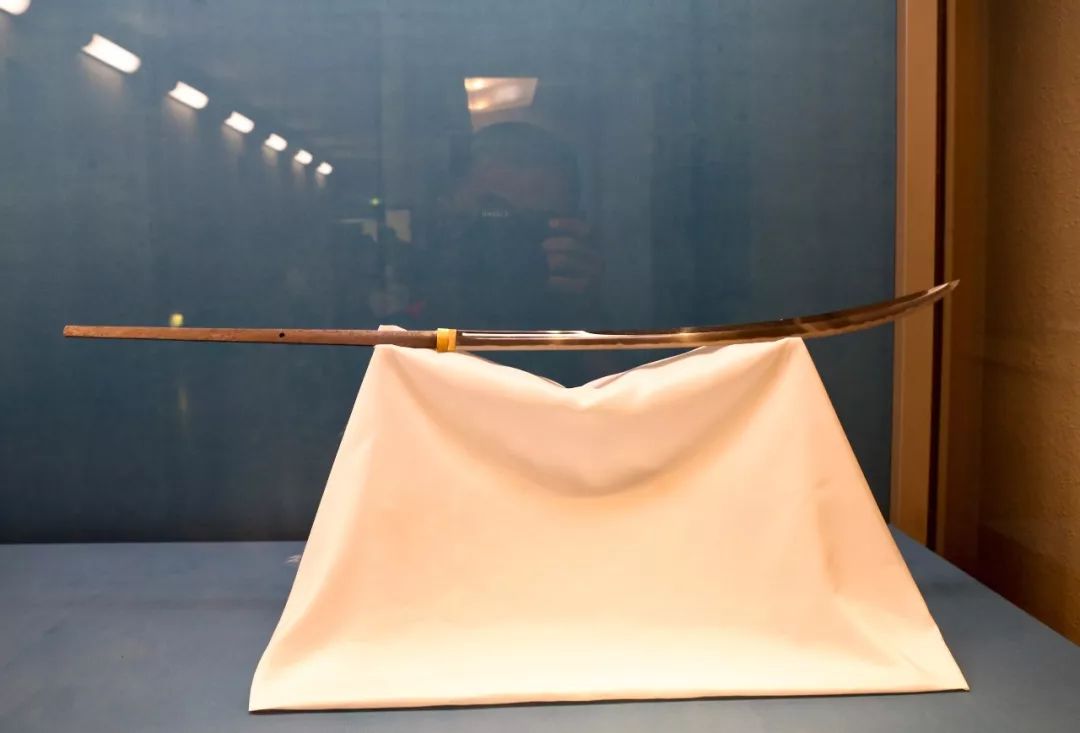
Tokyo National Museum
The rain in Edo gradually subsided, and the ridges of the houses gradually showed signs. People in the streets and alleys came to the streets one after another, either setting up stalls or carrying water to water the flowers. Some were busy walking, while others were enjoying life. The morning dew slowly flowed down the leaves, and a seemingly distant song came from the distance:
"It is raining lightly in the morning, the cicadas are silent, the sky is clear, and the road is full. Who is digging the deep bamboo? I suddenly thought that Yu Gong could control the sky and move the foothills of the mountain for decades."
